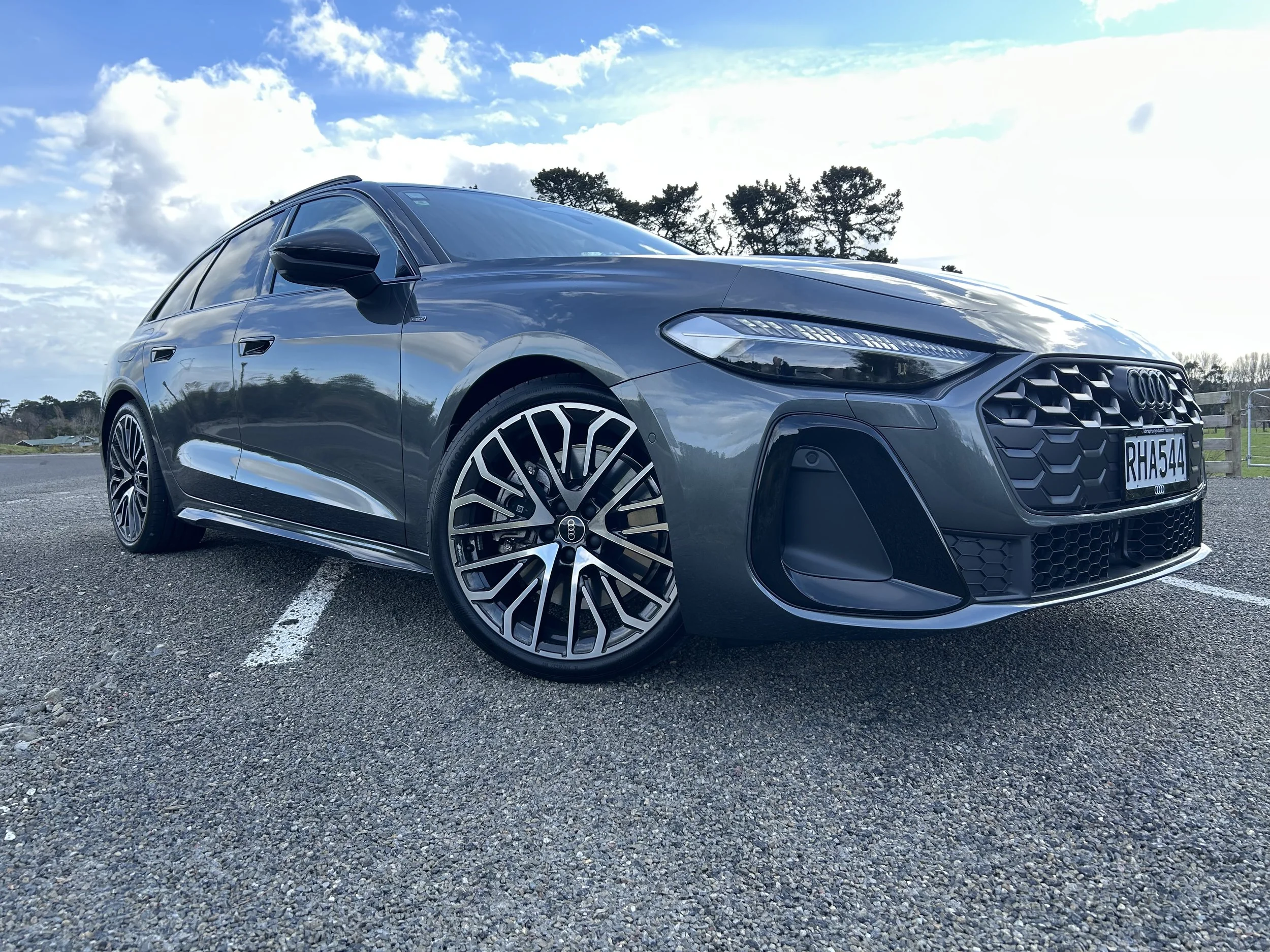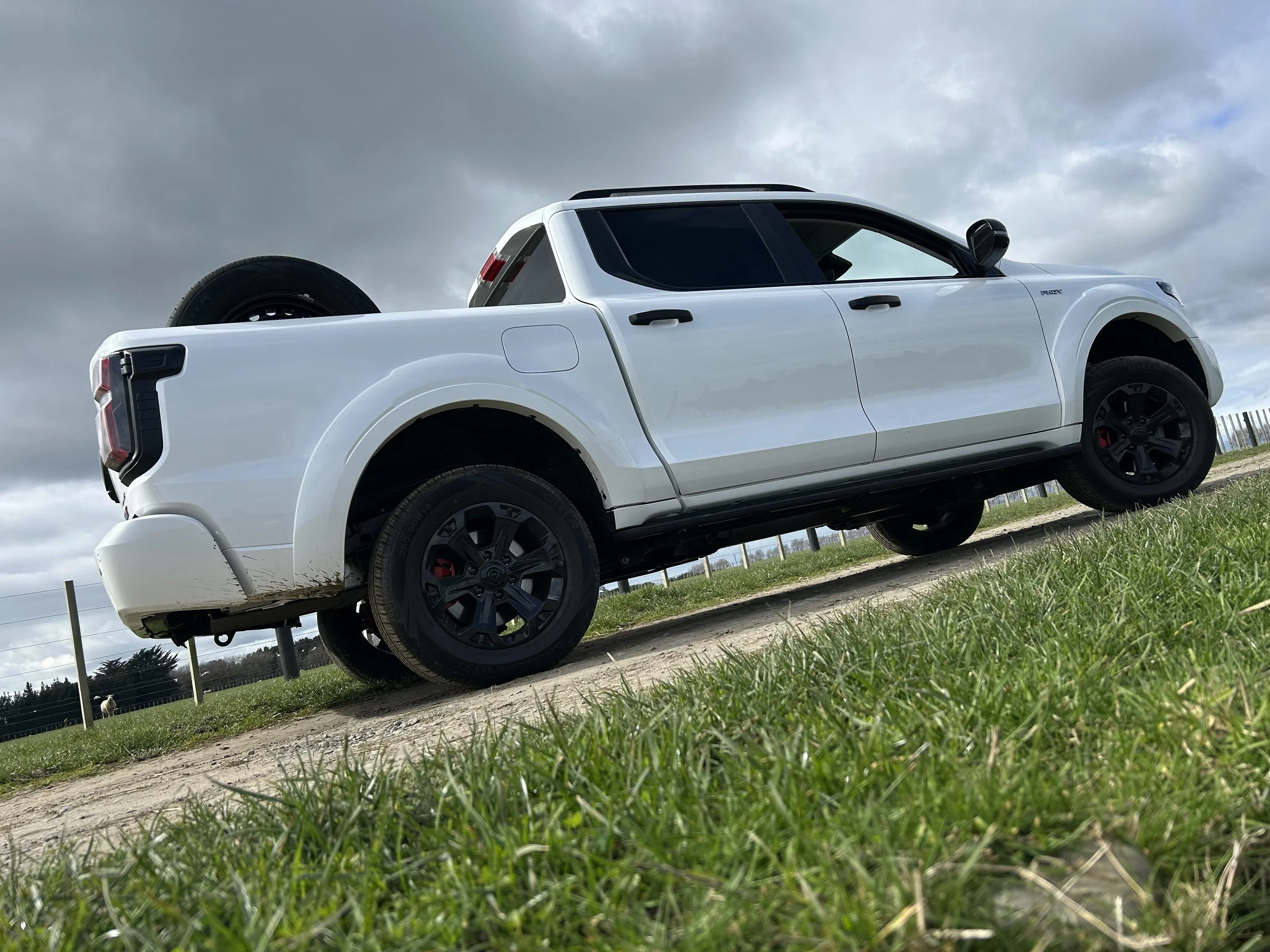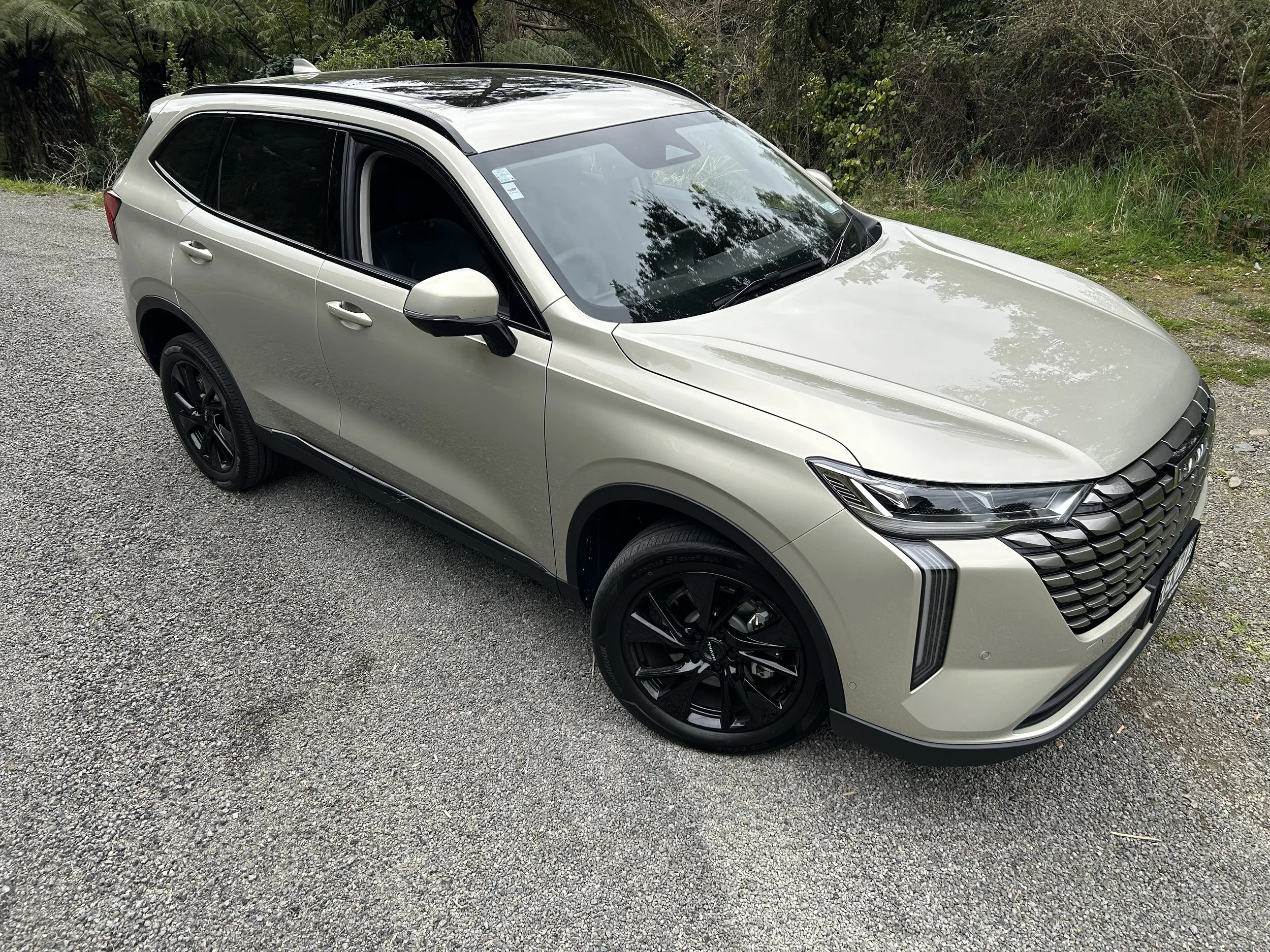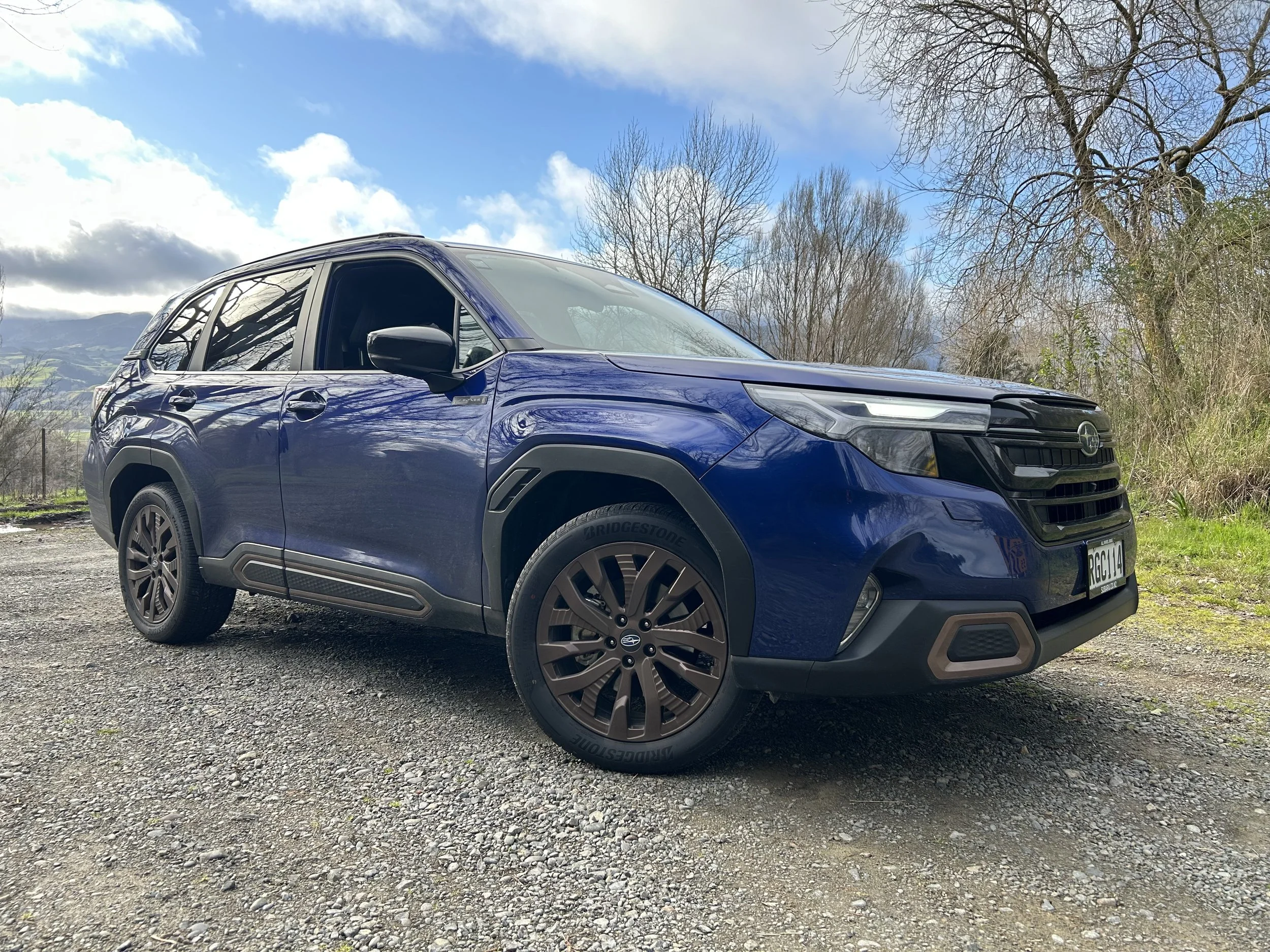Peppier, pricier Qashqai coming
/With petrol model stickers elevated by $8200 to $11k; where will e-Power models site?
PRICING for the new-generation Qashqai coming within 10 weeks has risen considerably and raises question about where the premium e-Power editions to follow two months later might position.
The cheapest model in the new family will cost $45,990 – that’s just $600 less than the most expensive offer in the old line, which exhausted earlier this year, when referencing Nissan New Zealand regular retail pricing from the end of 2021.
The dearest has jumped up to $11,000 above its immediate previous equivalent if ordered fully loaded.
An advisory from Nissan New Zealand confirms the initial range will replicate the same ST, ST-L and Ti badge identifications used previously, but also adds in a new ST Plus.
The ST that cost $37,790 in the previous line-up is now $45,990, the ST-L has gone from $41,990 to $52,680 and the Ti, previously a $46,590 car, is now $56,990, rising to $57,680 with a two-tone paint option.
The ST Plus is a $48,990 car.
The incoming car is the third generation with the nameplate and represents with a larger body, a new architecture with increased standard equipment and fresh powertrains, starting with a new turbocharged 1.3-litre engine, replacing the current line’s 2.0-litre.
Qashqai’s launch engine creates 110kW and 250Nm – so, 4kW/50Nm more than the outgoing 2.0-litre. It's paired to a CVT automatic, driving the front wheels.
The ‘e-Power’ unit, meantime, pairs a 1.5-litre turbocharged three-cylinder petrol engine with an electric motor and lithium-ion battery.
Conceivably it will carry a premium over the fully fossil-fuelled car, to account for the battery’s cost, but might also attract a Clean Car rebate, due its CO2 count, which overseas’ data puts at 119 grams per kilometre.
Nissan’s drivetrain is electric, but employs a petrol engine as a generator to keep the battery topped up. This in turn provides energy to the electric motor to drive the front wheels.
Nissan says the Qashqai e-Power spends 64 percent of the WLTP test cycle with its engine off, resulting in claimed efficiency of up to 4.4 litres per 100 kilometres. The full petrol model has a 6.1L/100km optimal.
The front axle-mounted electric motor powering the wheels develops 140kW, while the engine generating energy for it produces 115kW.
Nissan says the E-Power system, destined also for the X-Trail, combines the instant response delivered only by an electric motor, without range anxiety or the need to plug in, as associated with an all-electric vehicle. It also includes one-pedal driving functionality.
While new to NZ, e-Power is well-entrenched, having debuted on the Japan-only Nissan Note in November of 2016. That model was Japan’s best-selling car in 2018. Nissan has subsequently released two other domestic market vehicles, the Kicks sports utility and the Serena minivan, with e-Power.
Qashqai arrives with a five star European NCAP score and the specification for the models whose pricing has so far been shared is strong, with the base provision including intelligent cruise, blind-spot intervention, multi-mode auto with paddle shifts, 17-inch alloy wheels, auto LED headlights remote start and rear automated emergency braking.
The ST Plus adds LED fog lights, updates to 18 inch rims, swaps the seven inch TFT display for a 12.3-inch HD infotainment with wireless Apple Carplay and wired Android Auto, adds satellite navigation and an around view monitor.
The ST-L throws in the Pro-Pilot suite of semi-autonomous driving and safety assists. It also has adaptive LED headlights, privacy glass, LED indicators, part-leather accented seating, an eight-way powered driver’s seat, dual-zone climate control, wireless phone charging, heated steering wheel, heated front seats and runs on 19-inch alloys. It also has the $690 two-tone paint option.
The Ti has this and adds a 10.8-inch head up display, a quilted leather interior with massage function on the front seats, hands-free power tailgate and a 10-speaker Bose audio.




















